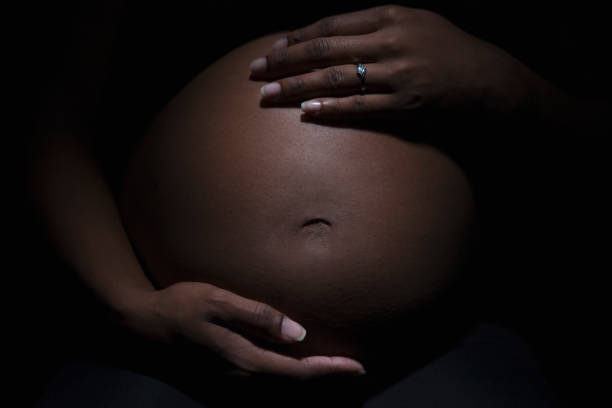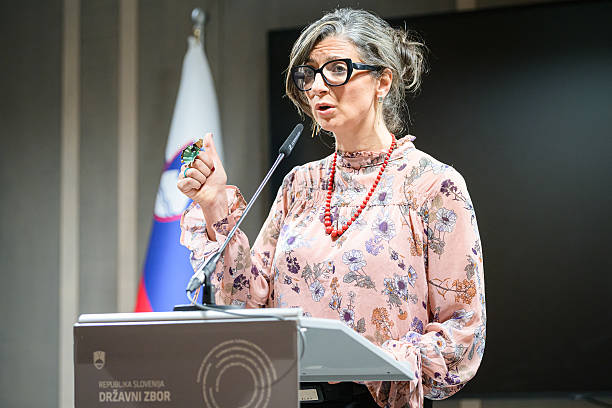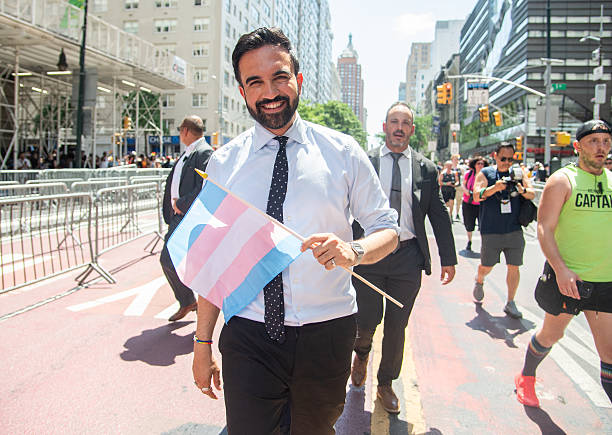By: Sahra Mohamed
In the United States, Black women continue to face the highest risk of dying from pregnancy-related causes. Despite recent declines in the national maternal mortality rate, Black women are still dying at an alarming rate. In fact, their mortality rate was the only one that didn’t decline, according to the Centers for Disease Control and Prevention (CDC). Studies show that Black women experienced 50.3 deaths per 100,000 live births in 2023, more than three times the rate for White women (14.5), and much higher than Hispanic (12.4) and Asian (10.7) women. The National Library of Medicine reports that Black women are three to four times more likely to die from pregnancy complications than White women. A study from The Commonwealth Fund, released in 2024, found that the U.S. still has a higher rate of maternal deaths compared to other nations. In 2022, the United States reported approximately 22 maternal deaths per 100,000 live births, more than twice and in some cases, three times the rate observed in other countries with similar resources. For Black women in America, the numbers are nearly the same rate as some developing nations.
Countless Black families carry the same heartbreaking belief: that systemic racism, not biology, is what’s killing Black mothers. According to ProPublica, for every woman who dies due to pregnancy or childbirth in the U.S., up to 70 experience what experts call severe maternal morbidity, which are life-threatening complications like hemorrhage, stroke, infection, or organ failure. These preventable crises cost billions annually, in emotional trauma, long-term health issues, lost wages, and medical expenses. In a 2016 study, researchers reviewed deliveries over a 30-month period at Cedars-Sinai Medical Center in Los Angeles. From the life-threatening complications examined, nearly 44 percent showed “opportunities for improvement in care,” meaning lives could have been saved with the right medical care. Even high-profile figures have experienced racism in hospitals in the U.S. In 2017, tennis icon Serena Williams experienced a postpartum medical emergency after delivering her daughter. Williams, who has a history of blood clots, recognized something was wrong and alerted the hospital staff. She asked for a CT scan and blood thinners, measures that had saved her life before. Instead of listening, the medical staff initially dismissed her concerns. Only after insisting multiple times did she receive the care she needed. In an op-ed for Elle Magazine, Williams wrote, “I almost died after giving birth to my daughter,” and posed a critical question: “What about the mothers who aren’t as lucky as I was?”
Across the United States, Black women are often not believed, not heard, and not prioritized when receiving medical care. Numerous studies have confirmed that Black patients are undertreated for pain, with many Black women reporting feeling dehumanized or silenced during their pregnancies and deliveries. However, communities are beginning to respond. In a historic move, Virginia Union University recently became the first Historically Black College or University (HBCU) in Virginia to launch a doula certification program. Doulas, non-clinical birth workers who provide emotional, physical, and advocacy support, have been shown to improve outcomes, especially for women of color. When patients have someone who looks like them, understands them, and is trained to advocate for them, it can make all the difference. Increasing the presence of Black doulas, midwives, OB-GYNs, and nurses is vital. Research shows that Black patients often have better health outcomes when treated by Black providers. These health professionals are more likely to listen, validate their concerns, and act accordingly in emergencies. The maternal health crisis among Black women in America is not the result of genetics or individual behavior. It is the result of institutional neglect, bias, systemic racism, and a failure to treat Black women by not listening to them. Black women are still dying and they’re not being heard. Until that changes, the crisis continues.










